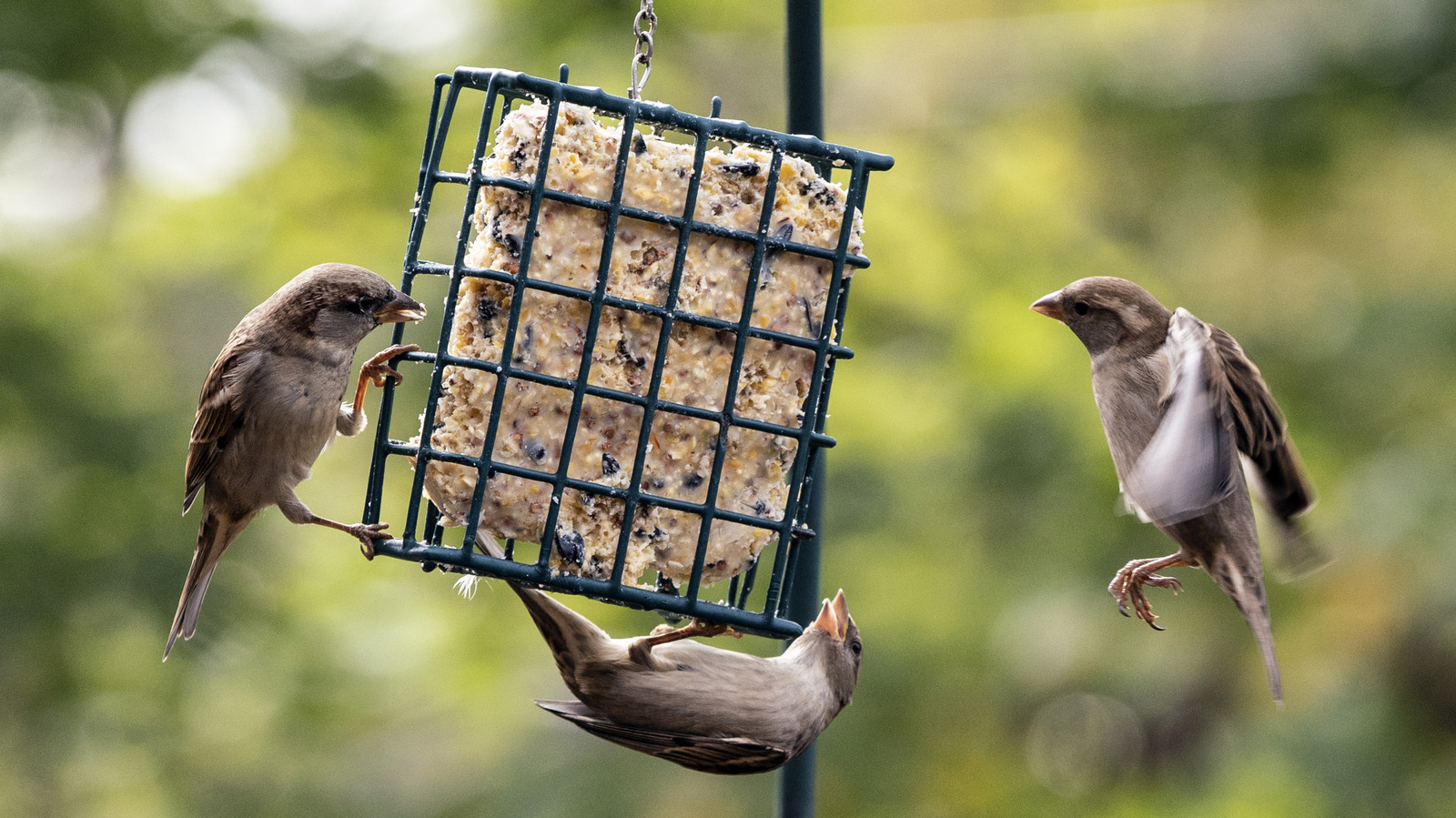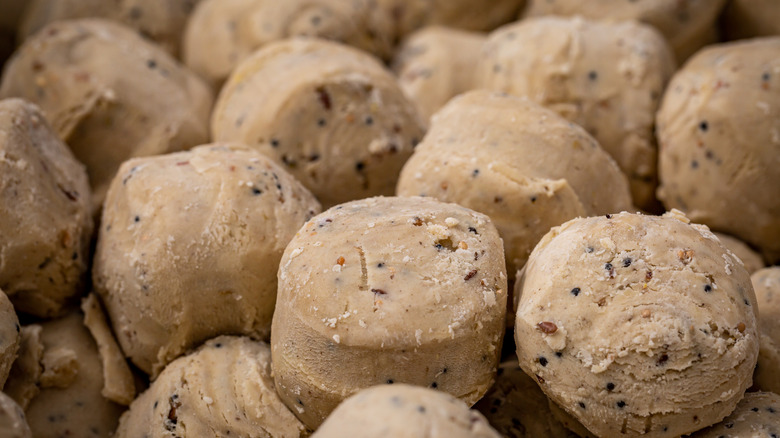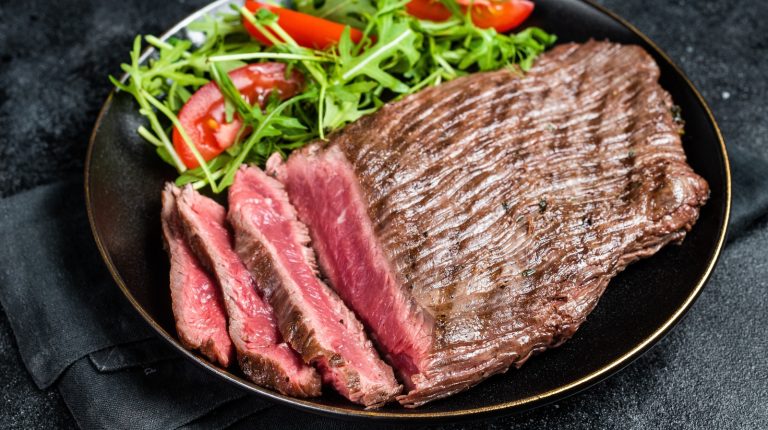Oh, bacon grease. How can such a messy cooking byproduct be such a miraculous cure-all around the kitchen? What other food item is equally adept at saving bland eggs as it is at adding a smoky, savory twist to whiskey cocktails? However, it turns out its uses go even beyond the realms of culinary and mixological arts — your bacon grease can also be repurposed to make bird food.
If you’ve never heard of suet before — or if you’ve heard the term but don’t know what it is — it’s a type of bird food made from rendered animal fat, which is then mixed with other forms of food like birdseed, nuts, or berries. It’s nutritious for the animals and can give them a great jolt of energy, while also appealing to a wider range of birds than other types of feed.
To make this, you’ll first need a suet feeder and a suet mold. Fill the mold with a good amount of birdseed, then top it off with the bacon grease you’ve collected and pop it in the freezer until it solidifies. Once it has formed a solid block, take it out of the freezer, place it into the suet feeder, and hang it outside. It’s important to use the most natural bacon you can find, as many commercial bacon varieties contain preservatives that can be harmful to birds over time. You’ll also want to strain the grease once or twice to remove impurities.
Best practices for making suet
If you’re worried about the chemical additives in bacon grease, the best substitute is the same as it is when cooking: lard. For a homemade suet that your birds will love, you can melt peanut butter and lard together, then add it to a mixture of quick-cooking oats, cornmeal, flour, and birdseed before putting it in a mold and cooling. Just make sure to opt for fresh lard, as opposed to processed lard, which will defeat the purpose. You can also use beef tallow if you have any handy.
A suet cage is the best choice for housing your homemade suet, as it provides a buffer that can keep birds from getting grease on their feathers — which can have deadly consequences. However, there are fun, homemade DIY projects you can try, such as making a bird feeder from a coffee mug, if you don’t have a suet cage. Just remember to always prioritize bird safety by ensuring your homemade feeders are free from sharp edges, toxic materials, or anything that could trap or harm the birds.
The other important thing to know about suet is that, given its makeup of rendered fats, if you live in an area prone to extreme heat, you’ll want to wait until the hottest part of the year has passed before putting out your feeder. After all, the last thing you want is a greasy lawn that’s attracting flies and other varmint.





